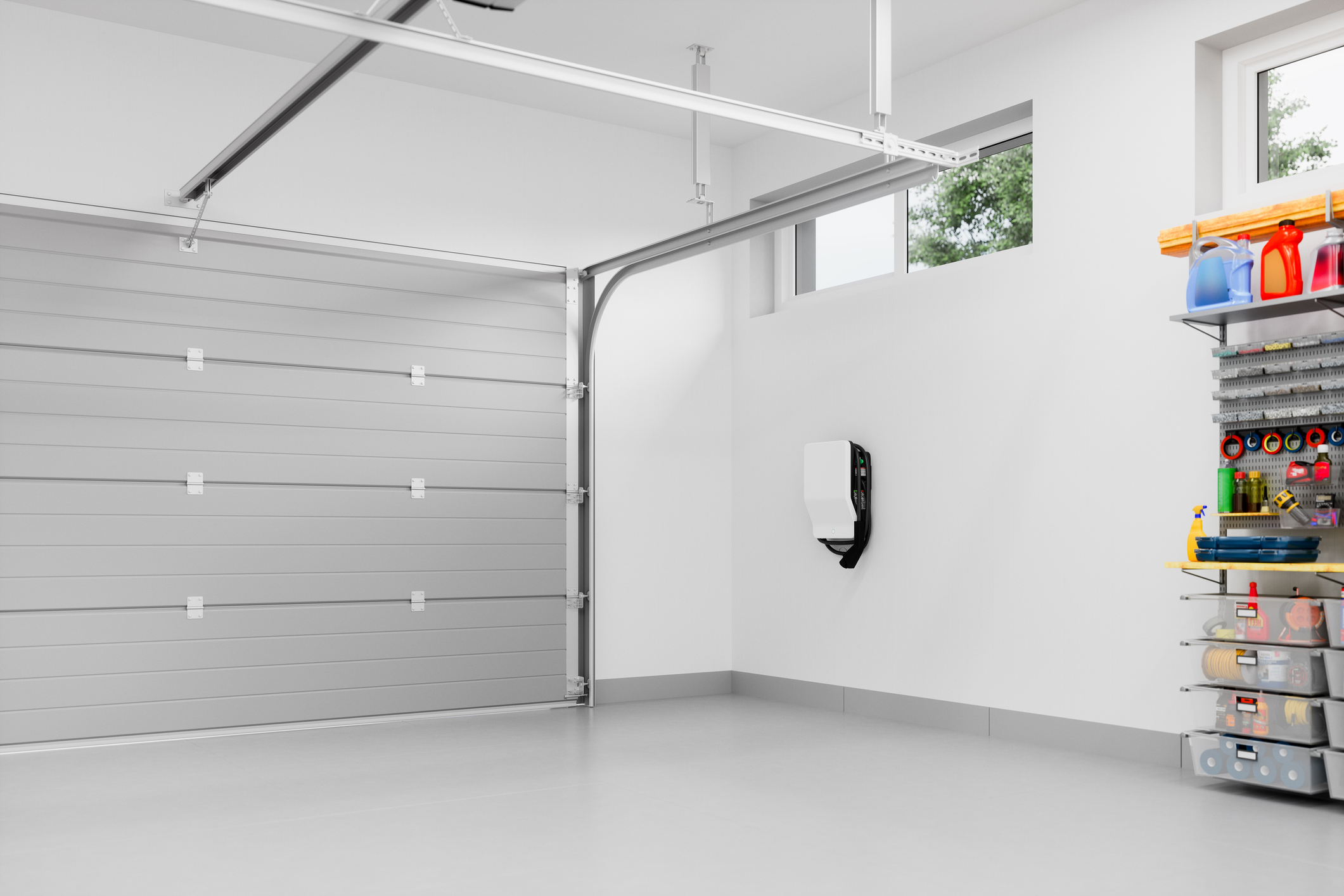
Comprehensive Analysis of Battery and Energy Storage Systems: The AH-BES Committee Report
An In-depth Look at the April 2025 Report by the International Code Council.
The report can be found on the AdHoc BES Committee page: Batteries and Energy Storage Ad Hoc Committee – ICC (See the ‘Published Editions’ tab on the committee page.)
The rapid advancement of lithium-ion battery technology has introduced a series of challenges for various stakeholders, namely building code officials, fire code officials, and first responders as well as architects, engineers, and construction professionals.
The International Code Council (ICC) has risen to the occasion by developing a roadmap to bridge the gaps in codes related to the use, manufacturing, storage, testing, and recycling of batteries and energy storage systems (ESS). The 2024 International Codes (I-Codes) feature updates to the International Fire Code (IFC), International Building Code (IBC), and International Residential Code (IRC) to enhance battery safety.
Key challenges highlighted in the report include limited code requirements, inadequate training, and the need for expanded media outreach and guidance.
Committee Composition
Experts from diverse fields such as fire safety, engineering, architecture, and battery manufacturing composed the committee. It was divided into four workgroups:
- Personal Mobility and Electric Vehicles
- Residential Energy Storage Systems
- Commercial and Utility-Based ESS
- Manufacturing, Storage, and Recycling

Key Findings
Gap Analysis
The AH-BES Committee found that current codes and standards often lag behind emerging technologies, creating safety risks. Industry wide gaps were identified in training, code enforcement tools, and public education.
Electric Vehicles and Personal Mobility Devices
The incidence of fires caused by lithium-ion batteries in personal mobility devices and electric vehicles is on the rise. For personal mobility devices, concerns largely center around the use of third-party and aftermarket replacement batteries. For electric vehicles, parking garages and repair facilities require updated fire protection systems and emergency response plans.
Residential Energy Storage Systems
While residential ESS installations are increasing, homeowners often lack appropriate information and knowledge regarding safe practices. The 2024 IRC includes updates for indoor ESS installations, but adoption varies by state.
Commercial Energy Storage Systems
ESS installations in commercial settings demand detailed fire protection and maintenance standards. Coordination between codes such as the IFC, IBC, and NFPA 855 is essential.
Manufacturing, Storage and Recycling
Facilities involved in manufacturing, storing, and recycling batteries face unique fire and explosion risks. The codes need to address the hazards of damaged or defective batteries during the recycling process.
Code Development Timeline
- 2000: Initial provisions for lead-acid batteries.
- 2006: Lithium-ion and nickel cadmium technologies initially addressed
- 2018: Expanded recognition of ESS and fire safety requirements.
- 2021: Refinements for large-scale ESS installations.
- 2024: Comprehensive framework for ESS in residential and commercial buildings.
- 2027: There are currently 49 active code changes related to ESS in the current code development cycle.
Recommendations
- Expand information, resources, and training for code officials and first responders.
- Develop media campaigns to educate the public on battery safety.
- Monitor research and data on evolving battery technologies, chemistries, and fire suppression methods.
- coordination between ICC codes and other standards like NFPA 855.
Conclusion
The AH-BES Committee emphasizes the necessity for ongoing updates to codes and standards to address the evolving battery and ESS landscape. The ICC is leading efforts to provide information, resources, training, and best practices to ensure safety in the built environment.
The report serves as a foundational guide for addressing the challenges posed by lithium-ion batteries and energy storage systems in the built environment.
Get Involved
You can get involved by signing up as an interested party in the ICC’s various committees, you can play a pivotal role in shaping the future of building safety and energy storage standards. Your involvement will not only contribute to the development of robust regulations but also ensure that the latest advancements in technology are incorporated into practice.
Signing up allows you to collaborate with industry experts, stay informed on the latest trends and research, and actively participate in the formulation of strategies that will safeguard our communities. Join us in making a difference by ensuring that our built environment is safe, sustainable, and forward-thinking.
Visit the ICC Committee Application page and click on the “Interested Party Lists” to join.







